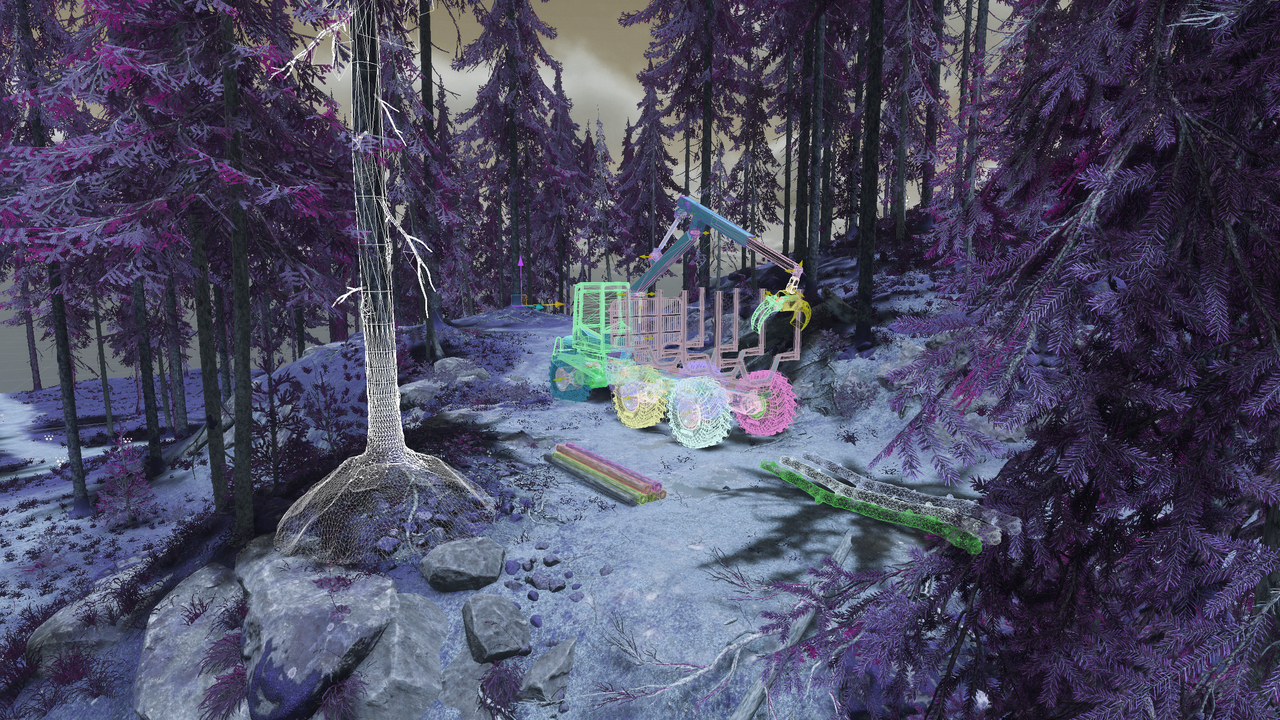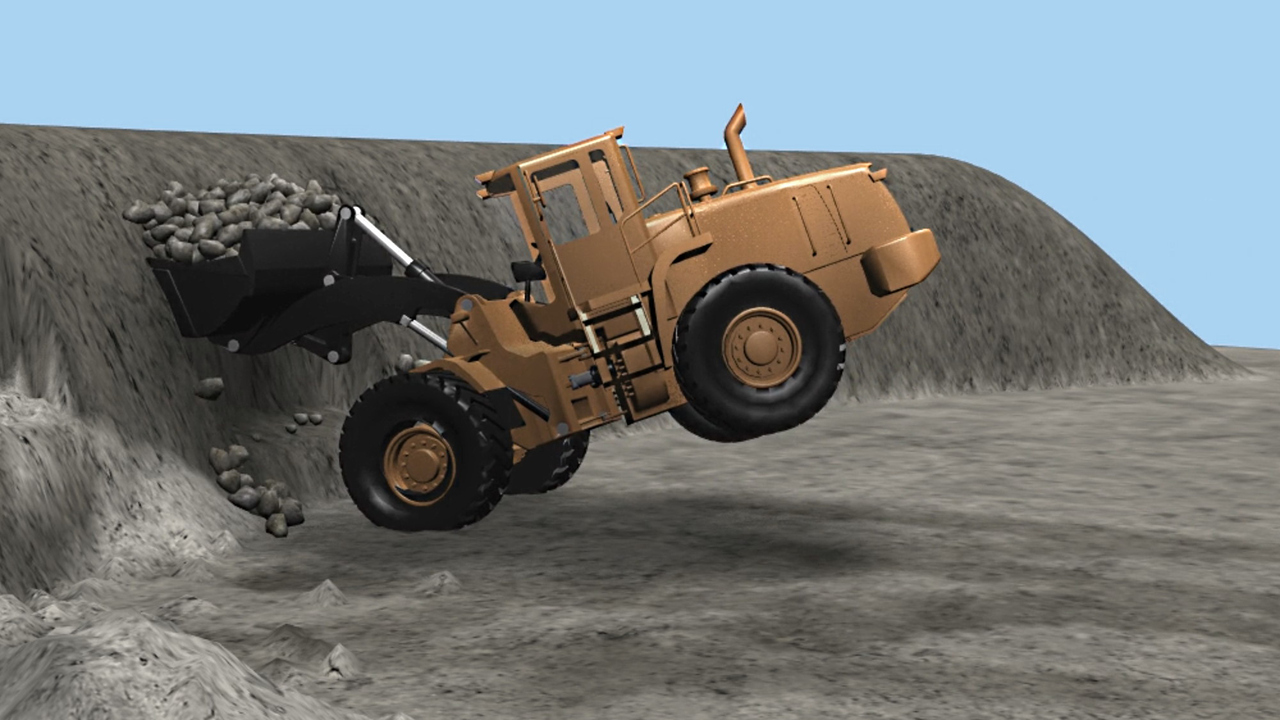About the project
XSCAVE is acronym for “Explainable, Safe, Contact-Aware Planning and Control for Heavy Machinery Manipulation and Navigation.” The project runs 2025–2028 and is financed with 8 million euro from the EU program Horizon Europe. Participating organizations include Aalto University, Algoryx, Forschungszentrum Informatik, Clevon, Czech Technical University in Prague, Komatsu Forest, Novatron, Tampere University, Toshiba Europe, Umeå University, and University of Tartu.



